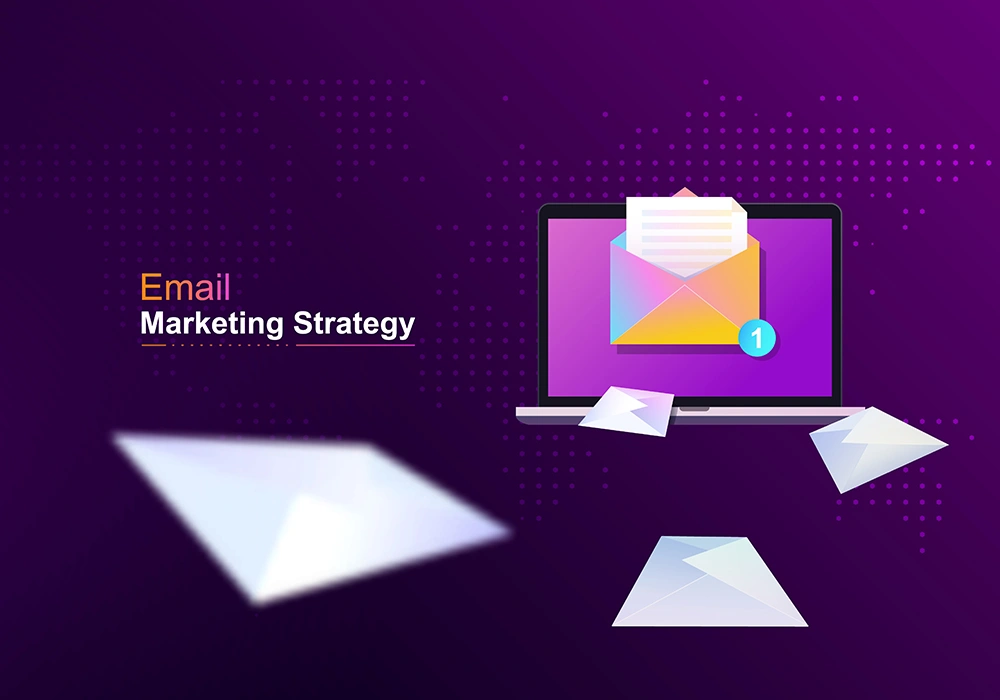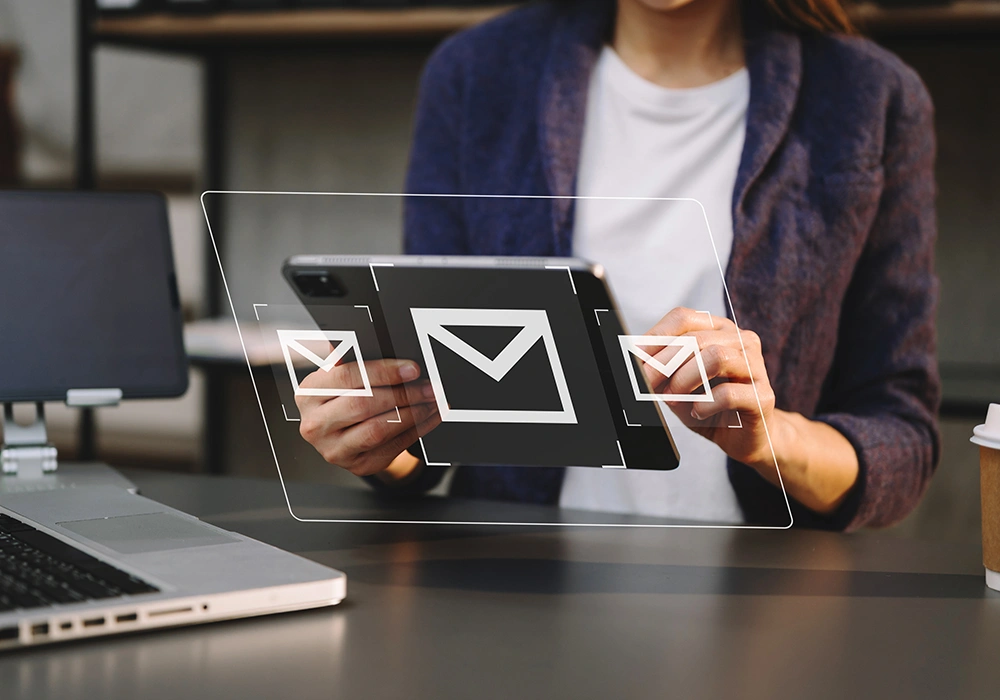
Email marketing remains one of the most powerful tools for businesses to connect with their audience. With the ability to deliver targeted, personalized messages directly to inboxes, it drives engagement, nurtures relationships, and boosts conversions. However, crafting a winning email campaign requires more than sending generic newsletters.
By leveraging automation, segmentation, and tailored content, businesses can create campaigns that resonate and deliver measurable results. This article explores how to build an effective email marketing strategy, offering practical steps to maximize impact and foster long-term customer loyalty.
Why Email Marketing Still Shines
Despite the rise of social media and other channels, email marketing continues to deliver unmatched ROI. Studies show it generates an average return of $42 for every dollar spent, thanks to its direct and personal nature. Emails allow businesses to communicate with customers on their terms, whether it’s sharing promotions, product updates, or educational content. Unlike social media posts, which can get lost in crowded feeds, emails land in a dedicated space where users are more likely to engage.
The key to success lies in relevance. Generic, one-size-fits-all emails often end up ignored or in the spam folder. By focusing on automation and personalization, businesses can ensure their messages hit the mark, building trust and encouraging action. A well-executed campaign not only drives immediate results but also strengthens customer relationships over time.
The Role of Automation in Efficiency
Automation is the backbone of a scalable email marketing strategy. Tools like Mailchimp, HubSpot, or ActiveCampaign allow businesses to send emails based on predefined triggers, saving time while maintaining consistency. For example, a welcome email can be automatically sent when a user signs up for a newsletter, setting the tone for future interactions. Similarly, abandoned cart emails can remind customers to complete their purchases, often with a discount to seal the deal.
Setting up automation starts with mapping the customer journey. Identify key touchpoints, such as sign-ups, purchases, or lapses in engagement, and design workflows to address them. A workflow might include a series of emails: an initial thank-you, a product recommendation, and a follow-up offer. Testing and refining these sequences based on open rates and conversions ensures they remain effective. Automation doesn’t just save time—it allows businesses to deliver timely, relevant messages at scale.
Segmentation for Targeted Impact
Not all customers are the same, and treating them as such wastes opportunities. Segmentation divides your email list into smaller groups based on shared characteristics, such as demographics, purchase history, or engagement levels. This enables tailored content that feels personal and relevant. For instance, a clothing retailer might segment customers by gender, sending women’s fashion updates to one group and men’s to another.
Behavioral segmentation takes this further by targeting users based on actions. Customers who frequently browse a website but haven’t purchased could receive a special offer, while loyal buyers might get exclusive rewards. Tools like CRM systems or email platforms provide data to create these segments, such as past purchases or click patterns. Regularly updating segments ensures they reflect current customer behavior, keeping campaigns sharp and effective.
Crafting Compelling Content
Content is the heart of any email campaign. A compelling subject line is the first hurdle, as it determines whether an email gets opened. Keep it concise, intriguing, and relevant—phrases like “Your Exclusive Offer Awaits” or “Last Chance to Save” create urgency. Personalization, such as including the recipient’s name, can boost open rates by making the email feel tailored.
The body of the email should be clear and action-oriented. Use a conversational tone, focusing on benefits rather than features. For example, instead of listing a product’s specs, highlight how it solves a problem or enhances the customer’s life. Visuals, like high-quality images or GIFs, add appeal but should load quickly to avoid frustration. A strong call-to-action (CTA), such as “Shop Now” or “Learn More,” guides readers toward the next step. Testing different designs and CTAs helps identify what resonates most with your audience.

Personalization Beyond the Name
Personalization goes deeper than adding a first name to the subject line. It’s about delivering content that aligns with individual preferences and needs. Dynamic content, supported by most email platforms, swaps out sections of an email based on user data. For example, a travel agency might send beach vacation deals to customers who previously booked coastal trips, while offering city tours to others.
Leveraging data from past interactions enhances personalization. If a customer frequently buys eco-friendly products, an email highlighting sustainable items feels thoughtful rather than random. Timing also matters—sending emails when recipients are most likely to engage, based on their past open times, increases impact. The goal is to make every email feel like it was crafted specifically for the recipient, fostering a sense of connection.
Measuring Success with Metrics
Tracking performance is critical to refining email campaigns. Key metrics include open rates, click-through rates (CTR), conversion rates, and unsubscribe rates. Open rates indicate how compelling your subject lines are, while CTR shows whether the content and CTAs are engaging. Conversion rates measure whether emails drive desired actions, like purchases or sign-ups, and unsubscribe rates signal if content is missing the mark.
Regular reporting, such as weekly or monthly summaries, helps identify trends. For example, a drop in open rates might prompt testing new subject lines, while a high CTR but low conversions could point to issues with the landing page. A/B testing—comparing two versions of an email with slight variations—provides insights into what works best. By tying metrics to business goals, such as increasing revenue or reducing churn, campaigns stay focused on meaningful outcomes.
Avoiding Common Mistakes
Even well-planned campaigns can stumble. One frequent error is over-emailing, which annoys subscribers and spikes unsubscribes. Find a balance—weekly or biweekly emails often work well, but test frequency with your audience. Another mistake is neglecting mobile optimization. With over half of emails opened on mobile devices, designs must be responsive, with clear text and fast-loading images.
Failing to comply with regulations, like GDPR or CAN-SPAM, can also harm campaigns. Always include an unsubscribe option and honor opt-out requests promptly. Finally, don’t ignore underperforming segments. If a group consistently shows low engagement, reassess their preferences or remove them to focus on active subscribers. Addressing these pitfalls keeps campaigns effective and compliant.
Building Long-Term Loyalty
A winning email campaign does more than drive sales—it builds relationships. By delivering value, whether through exclusive offers, helpful tips, or personalized recommendations, businesses can turn subscribers into loyal advocates. Consistency is key; a regular cadence of high-quality emails reinforces trust. Encouraging feedback, such as through surveys or reply options, shows customers their opinions matter.
Partnering with experts can elevate campaigns further. Professionals with experience in automation, segmentation, and analytics can craft strategies that align with business goals, ensuring every email delivers maximum impact. With the right approach, email marketing becomes a cornerstone of growth, fostering connections that last.